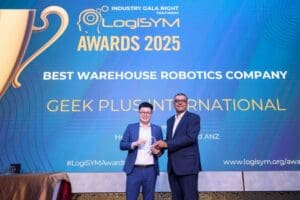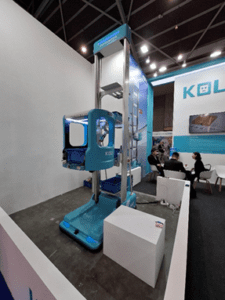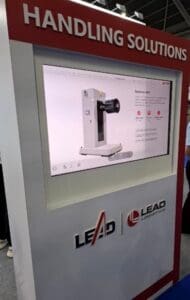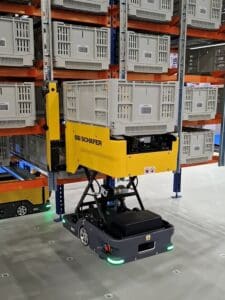 Octave’s Mission: Building Systems That Don’t Break
Octave’s Mission: Building Systems That Don’t Break
At Hexagon’s recent global leadership event Hexagon LIVE, Mattias Stenberg, who was appointed in October 2024 to lead Octave, a strategic spinout from Hexagon, delivered a keynote that was both grounded and far-reaching. His talk offered a clear-eyed assessment of the state of critical infrastructure today, and what needs to change if we want our most essential systems to function reliably in the future.
Stenberg, who has been president of Hexagon’s Asset Lifecycle intelligence division since 2017, wasn’t there to announce a product line or unveil another dashboard. His message was more fundamental: we’ve inherited systems built to break. Octave’s mission is to build ones that don’t.
A New Kind of Intelligence for the Real World
Octave is not just another brand. It’s designed as an intelligence layer for the infrastructure that keeps society running. Think power grids, manufacturing systems, highways, water networks, emergency operations centers. The kind of systems where failure isn’t just inconvenient, it’s dangerous, costly, or even catastrophic.
At the core of Octave’s approach is a simple shift in mindset: stop reacting, start anticipating. Octave doesn’t aim to flood teams with more data or more disconnected tools. It aims to turn existing data into foresight, to embed real-time, contextual intelligence into the systems we rely on every day.
The name “Octave” itself is no accident. Inspired by music, it reflects a higher level of coordination and elevation, not just making noise, but orchestrating decisions. In practice, that means integrating AI directly into physical systems so they can detect issues, adapt, and respond long before human operators are even aware a problem is coming.
The Problem: Everything Breaks
Stenberg talked directly – “Things break,” he said, invoking the second law of thermodynamics with a hint of humor.
He pointed out examples we all recognize from the news:
- The Francis Scott Key Bridge collapse, a structural failure that could have been prevented with early detection.
- The Deepwater Horizon disaster, caused by system blind spots and poor integration between safety layers.
He pointed out that in each case, the data existed. The systems failed because they weren’t connected in the right way and lacked the intelligence to interpret early signals.
Octave’s Vision: Failure Is Not Inevitable
Too many organizations accept breakdowns as part of doing business. Delays, downtime, asset failure, they’ve been normalized. Octave’s entire premise is to challenge that mindset.
If systems can sense changes in their environment, process those signals intelligently, and act on them in time, then many failures can be avoided. But that level of performance requires embedded, context-aware intelligence, not generic AI models running in a separate system. Octave’s agents aren’t passive tools waiting for prompts. They’re active participants in system behavior.
Already, Hexagon has started deploying this approach across sectors, from manufacturing and logistics to public safety and energy. The early returns, he stated, are promising: less downtime, better coordination, and more resilient performance.
The Digital Transformation Disconnect
To underline the need for a new approach, Stenberg shared data from a recent C-suite survey conducted by Hexagon’s Asset Lifecycle Intelligence division,:
- Only 1 in 5 companies say they are realizing the full value of their digital transformation investments.
- 76% report using more tools and dashboards than ever, but feel less aligned and less in control.
- One executive summed it up: “More dashboards. More complexity. Less actual visibility.”
This reflects a deeper truth. Digital transformation alone doesn’t guarantee better performance. In fact, if not managed carefully, it can add noise, create silos, and obscure decision-making.
What Octave is offering is a reset: cut the clutter, connect what matters, and turn data into decisions that move the needle.
AI: Less Hype, More Usefulness
Stenberg then discussed the current AI hype cycle.
Yes, AI holds enormous potential, but most AI systems today are untrained, detached from operations, and built in isolation. They’re promising demos in a lab, not solutions in the field.
Octave takes the opposite path. Its AI agents are trained for specific environments, tied into operational systems, and continuously learning. These aren’t showpieces, they’re in the loop, helping machines and humans respond to signals in real time.
The Mirror World: Not Just a Twin, But a Partner
The term “digital twin” has been used in nearly every industry over the past few years. But as Stenberg pointed out, many of these twins are little more than static visualizations, nice to look at, but lacking predictive value.
Octave, Stenberg said, will be redefining the concept. In its vision, the Mirror World is a living, learning model of a physical system, constantly updated, deeply embedded, and able to act. If your digital twin can’t help you see trouble coming, it’s just a digital museum.
The goal is to spot patterns early, detect small signals before they become big problems, and support decisions that prevent, not just mitigate, failure.
Voices from the Field: What Must Not Break
Stenberg’s keynote also featured a panel of customers speaking directly about the pressures they face. Each one brought a unique perspective, but all centered on resilience and visibility. 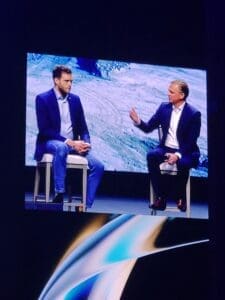
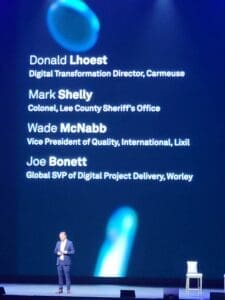
Donald Lhoest (Carmuese): Global logistics operations require consistent, trustworthy intelligence. When teams are remote and distributed, “data needs to empower, not isolate, them.”
Colonel Mark Shelley (Lee County Sheriff’s Office): “Public safety depends on integrated, real-time intelligence. There’s no margin for error.”
Wade McNabb (Lixil): Factory downtime is a major risk. But human error is just as dangerous. “We need better training systems, and better insight into how our customers actually use our products.”
Joe Bonnet (Worley): “We run 10,000 projects at once. Complexity itself is the problem. If we can eliminate failure points, we can focus on innovation.”
Proof in Practice: The Öresund Bridge
To bring the message home, Stenberg closed with a case study:
The Öresund Bridge, connecting Sweden and Denmark, is equipped with a real-time digital twin. The system detected subtle vibration patterns, signals no human would have caught on their own.
Engineers investigated and discovered microcracks forming. Intervening early prevented what could have been a major infrastructure failure. That’s not theory. That’s the Mirror World in action.
Final Message: Time to Rethink What We Accept
Stenberg’s final words were a challenge to the industry.
“We’ve inherited systems that were built to break. Octave’s job is to build systems that adapt, and don’t fail silently.”
It is not about layering more dashboards or adding complexity. It’s about designing smarter from the start, systems that can think, respond, and evolve.







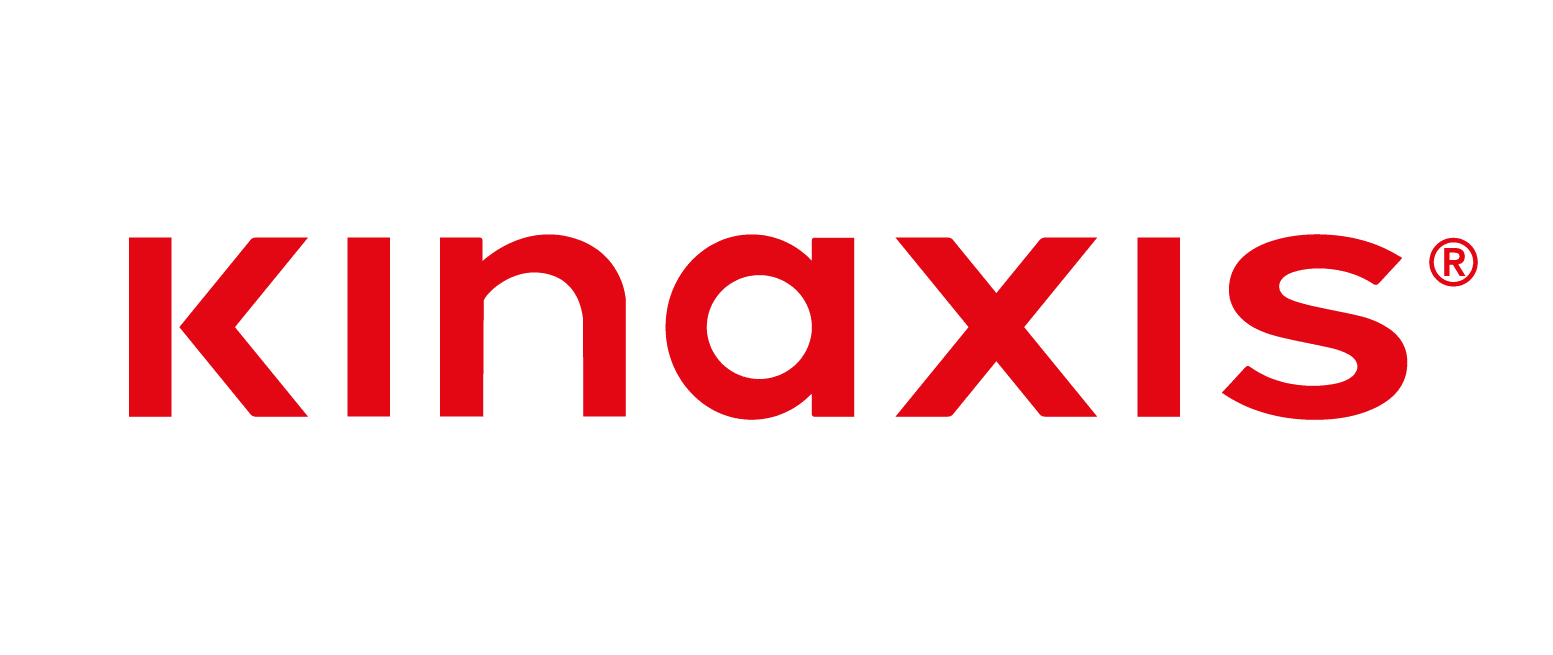


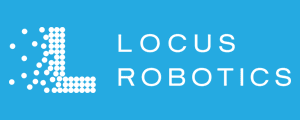



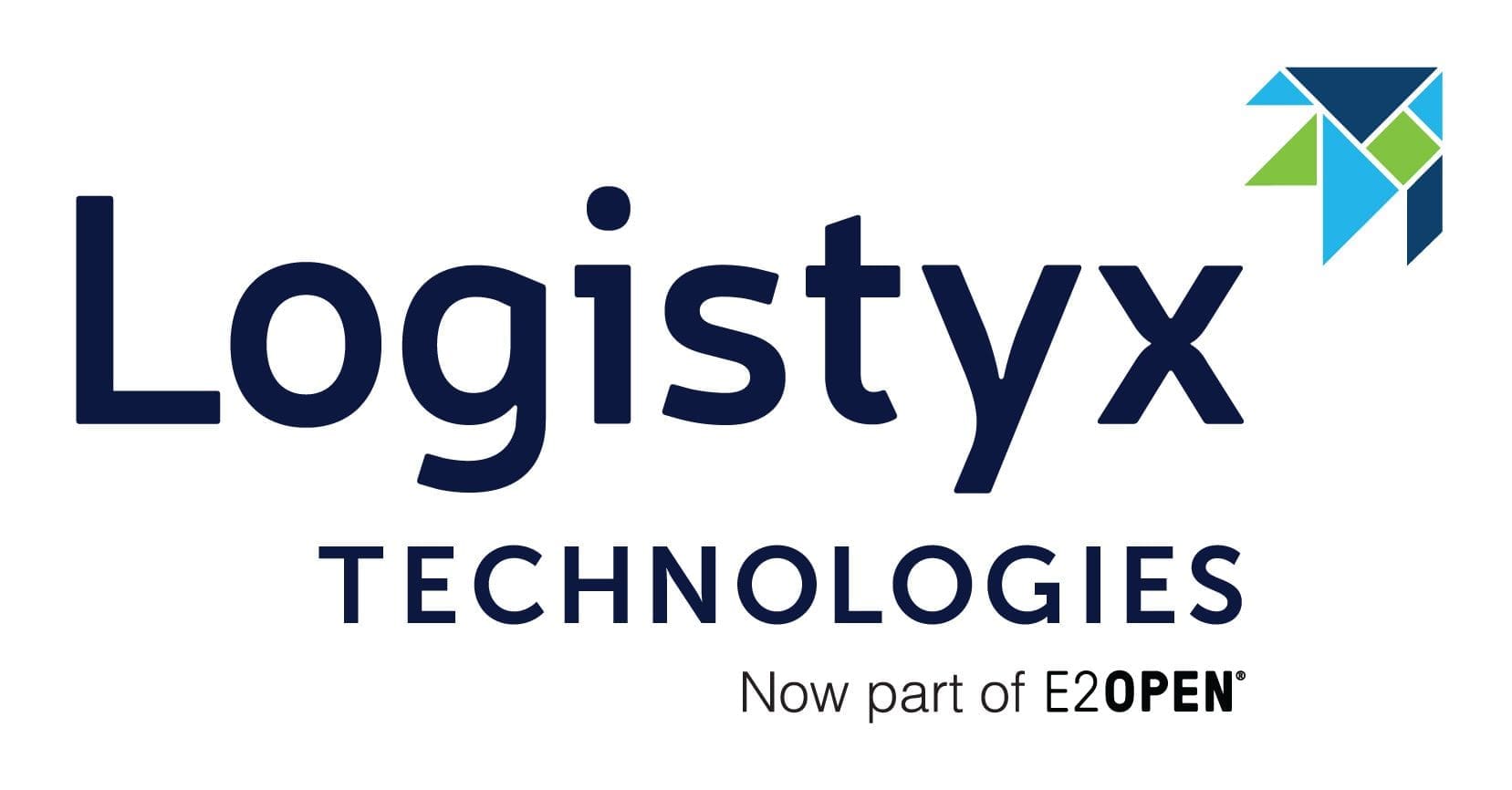

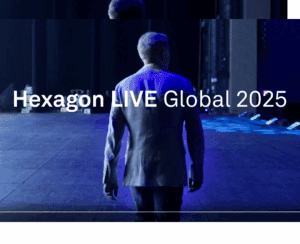 Octave’s Mission: Building Systems That Don’t Break
Octave’s Mission: Building Systems That Don’t Break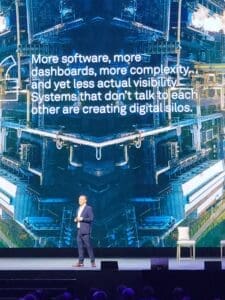
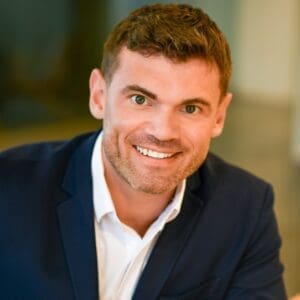
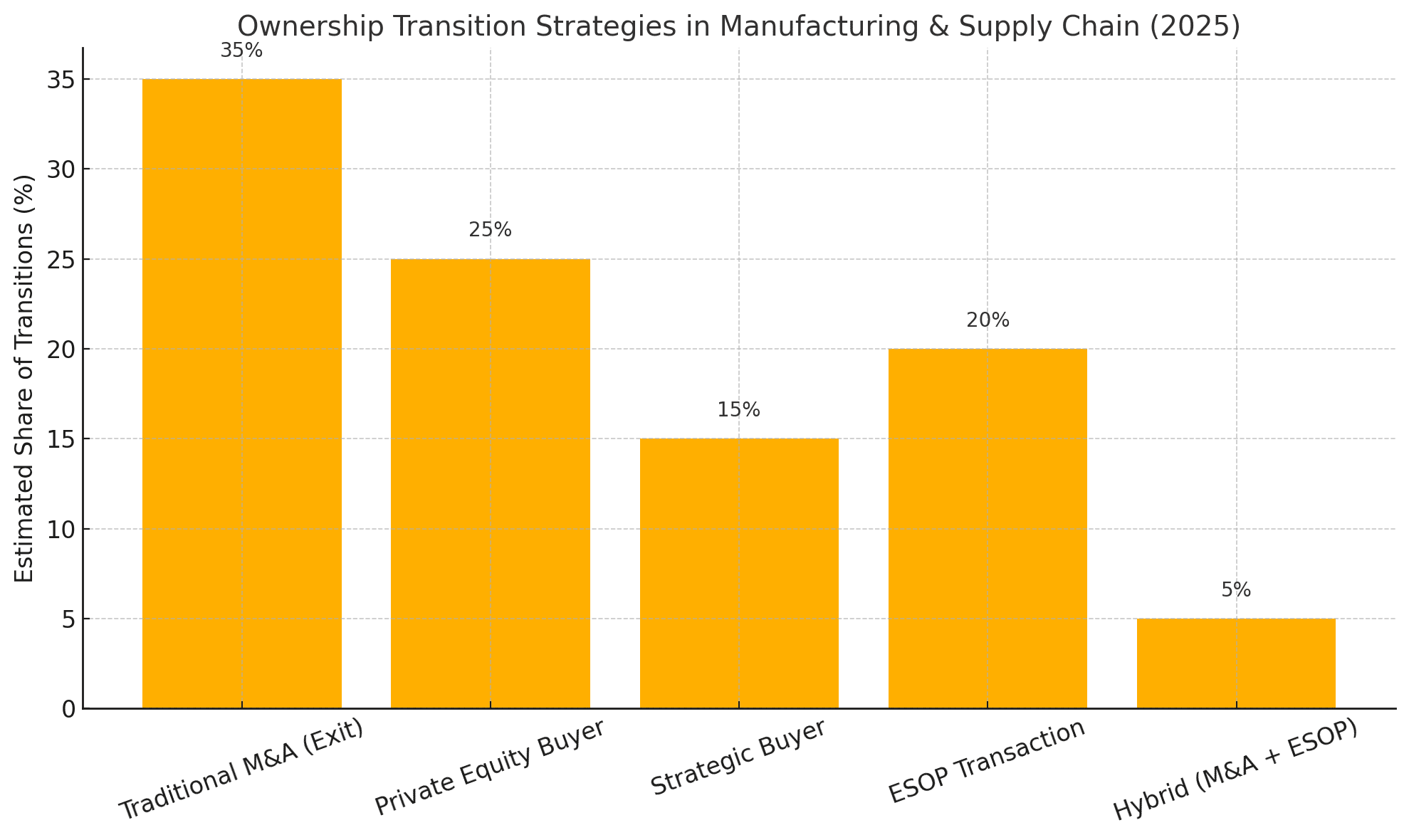
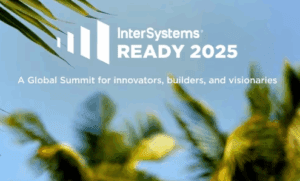
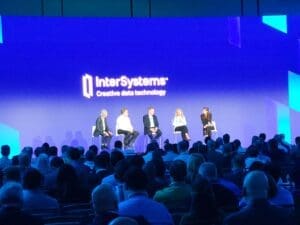

 The United States stands at a critical juncture, confronting a surge in electricity demand driven by the rapid expansion of data centers and the broader electrification of its economy. This demand spike coincides with a worldwide imperative to transition toward cleaner energy sources. However, a complex and at times contradictory web of federal policies is creating significant headwinds. While the Inflation Reduction Act (IRA) offers powerful incentives to build a domestic clean energy supply chain, a concurrent strategy of imposing steep tariffs on imported components, particularly from China, is creating a policy paradox. This report will analyze how these conflicting measures, intended to foster long-term industrial strength, are raising the immediate cost of the cheapest sources of new power—solar, wind, and batteries—thereby threatening to increase electricity prices and delay the nation’s ability to meet the urgent power needs of data centers and a newly electrified society.
The United States stands at a critical juncture, confronting a surge in electricity demand driven by the rapid expansion of data centers and the broader electrification of its economy. This demand spike coincides with a worldwide imperative to transition toward cleaner energy sources. However, a complex and at times contradictory web of federal policies is creating significant headwinds. While the Inflation Reduction Act (IRA) offers powerful incentives to build a domestic clean energy supply chain, a concurrent strategy of imposing steep tariffs on imported components, particularly from China, is creating a policy paradox. This report will analyze how these conflicting measures, intended to foster long-term industrial strength, are raising the immediate cost of the cheapest sources of new power—solar, wind, and batteries—thereby threatening to increase electricity prices and delay the nation’s ability to meet the urgent power needs of data centers and a newly electrified society. Supply Chain leaders (CSCOs) are responsible for driving strategic growth, fostering innovation within their supply chains, and ensuring long-term value creation. However, many companies are now confronted with challenges such as abrupt tariff increases, supply chain instability, and delays in the delivery of critical components. Recent data from Yale’s budget analysis highlights the growing economic burden of tariffs. With the average tariff rate reaching 22.5%—the highest since 1909—consumers have faced a 2.3% price increase, while 75% of businesses report financial strain due to these trade barriers. These figures underscore the ripple effects tariffs have on both households and the broader economy
Supply Chain leaders (CSCOs) are responsible for driving strategic growth, fostering innovation within their supply chains, and ensuring long-term value creation. However, many companies are now confronted with challenges such as abrupt tariff increases, supply chain instability, and delays in the delivery of critical components. Recent data from Yale’s budget analysis highlights the growing economic burden of tariffs. With the average tariff rate reaching 22.5%—the highest since 1909—consumers have faced a 2.3% price increase, while 75% of businesses report financial strain due to these trade barriers. These figures underscore the ripple effects tariffs have on both households and the broader economy

 By Nari Viswanathan – Sr. Director, Product Segment Marketing, Coupa
By Nari Viswanathan – Sr. Director, Product Segment Marketing, Coupa